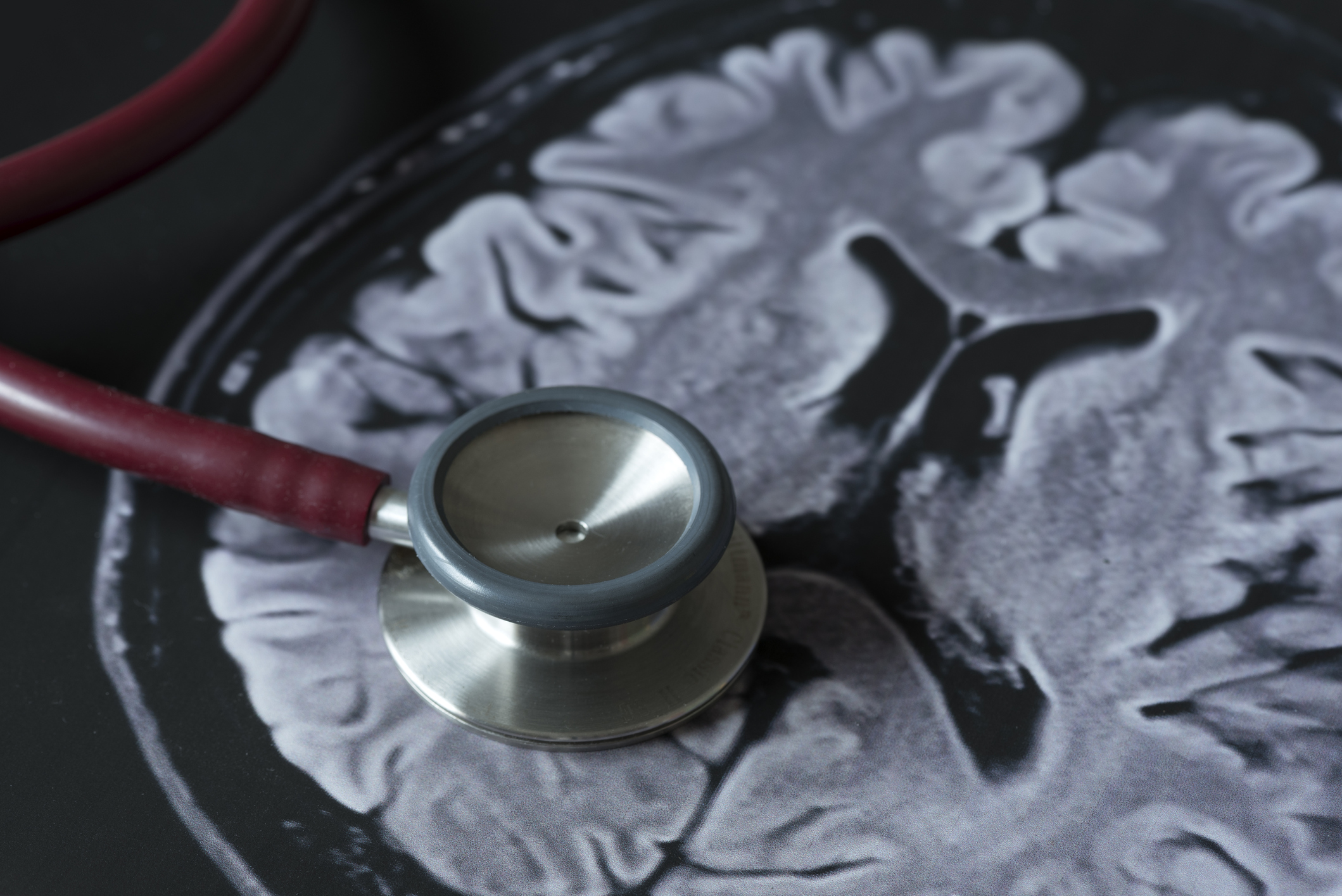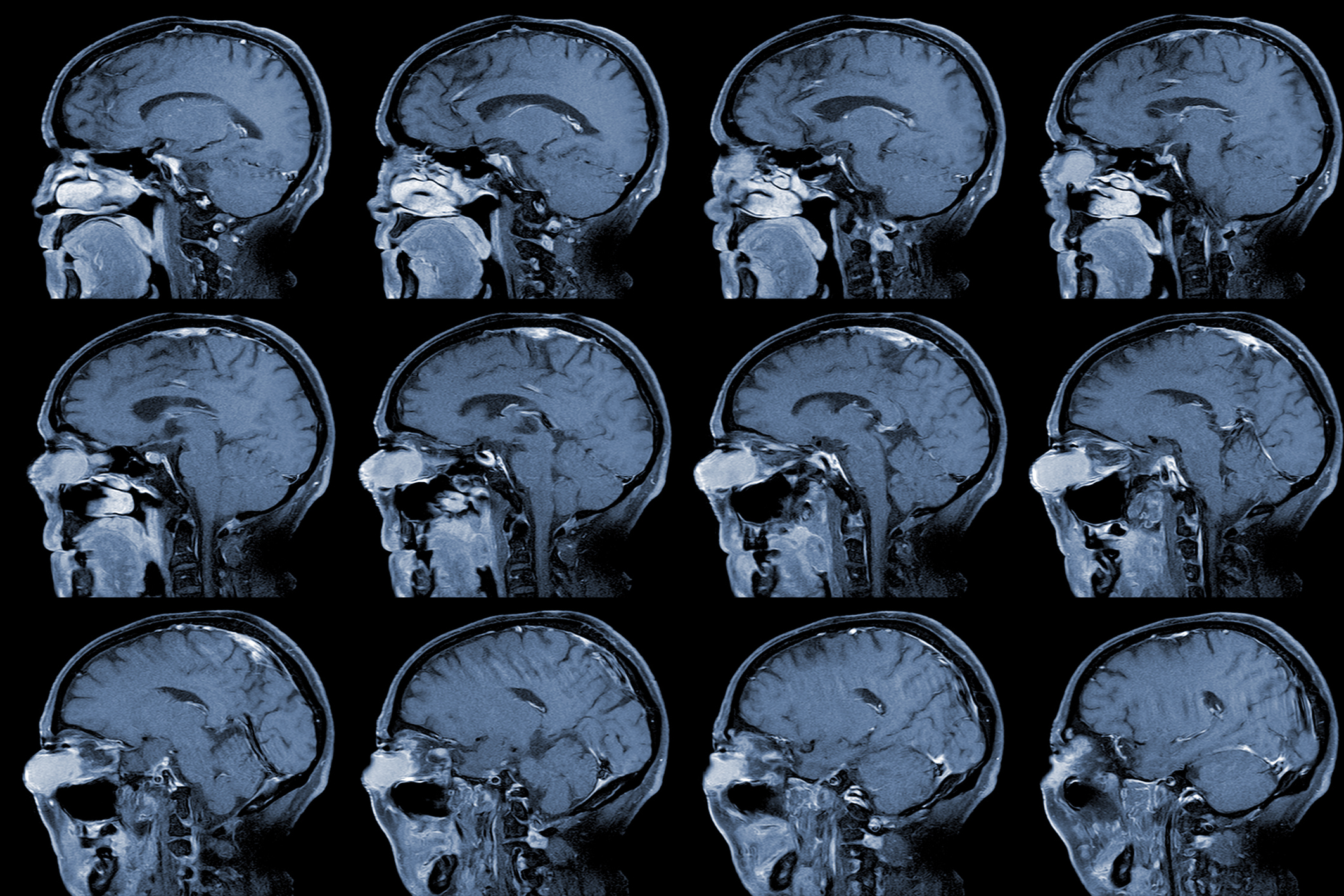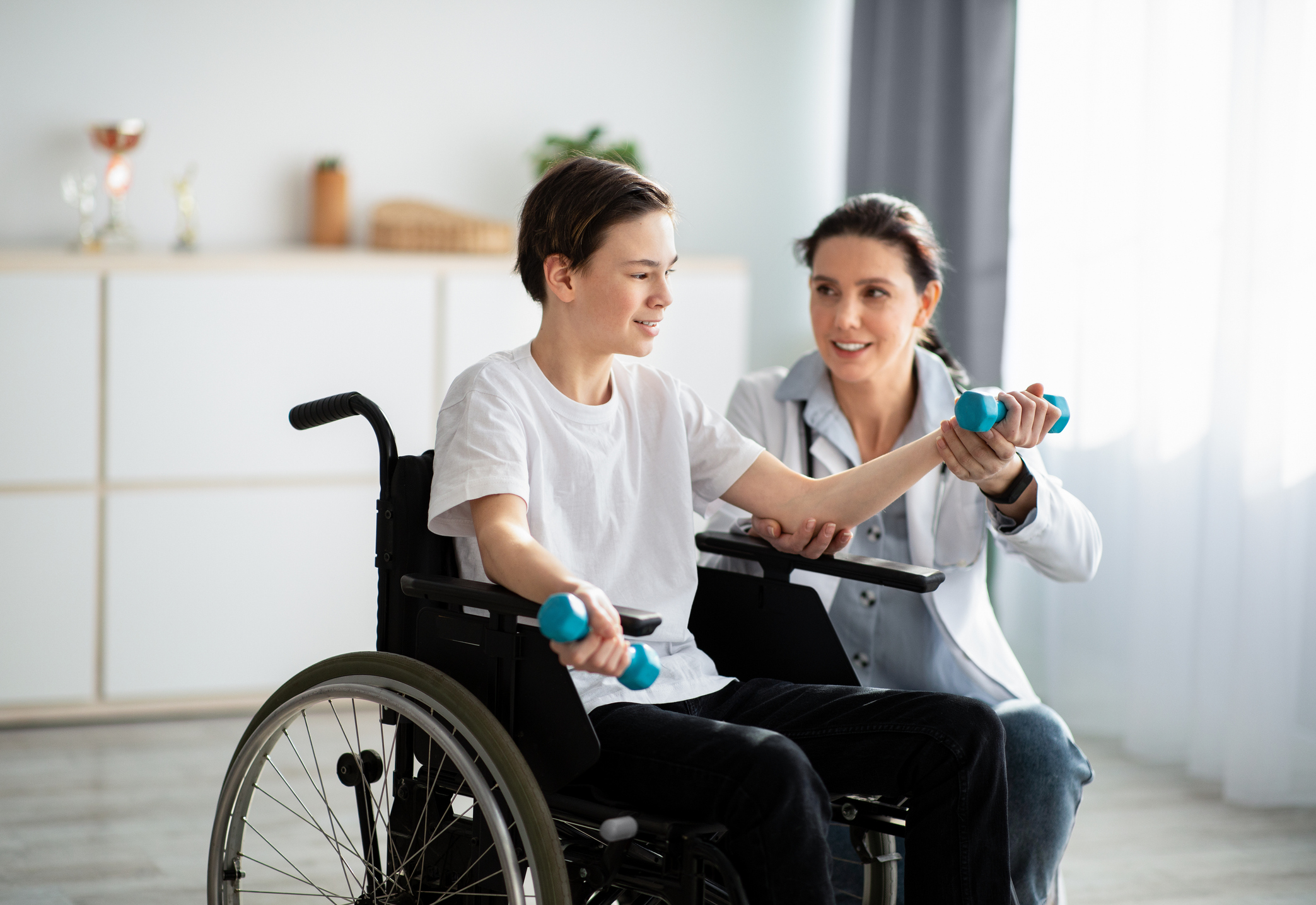Prevention is essential to avoid a stroke
A cerebrovascular accident (CVA) occurs when there is damage to brain tissue due to a problem in the arteries that supply it. This may occur because an artery is occluded and an infarction occurs (ischemic stroke), or because an artery ruptures leading to a hemorrhage or stroke (hemorrhagic stroke).
According to the Ministry of HealthAccording to the Ministry of Health, stroke is one of the leading causes of disability in Chilewith an approximate prevalence of 130 cases per 100 thousand inhabitants. For this reason, since 2013 it has been incorporated into the Explicit Health Guarantees (GES) program.
Cerebrovascular diseases are the second second place as cause of death in the country (after heart disease) and are the leading cause of disability in adults over 65 years of age.
LCA in Chile and the world
The World Health Organization (WHO) reports that every year 15 million people suffer a stroke, of which five million die. five million die and five million are permanently disabled in some way.
In Chile, in 2021, there were 29,542 hospital admissions due to stroke, and this pathology was the second leading cause of death in 2021. second cause of mortality, after ischemic heart diseaseafter ischemic heart disease, without considering the SARS-CoV-2 pandemic.
In addition, 7,501 deaths due to stroke were recorded in the country that same year, which is equivalent to one death every 72 minutes.
How to prevent a stroke?
The Centers for Disease Control and Prevention (CDC) in the (CDC) in the United States state a fundamental premise: many strokes are preventable. can be prevented through healthy lifestyle lifestyle changes.
In addition, they recommend maintaining health controls to detect possible risks of suffering a stroke.
Tips for a healthier life
- Choosing healthy foods and beverages
- Maintaining a healthy weight
- Regular physical activity
- No smoking
- Limiting alcohol intake
- Do not use cocaine or other illicit drugs.
Recommendations for managing medical conditions
- Cholesterol control
- Control blood pressure
- Managing diabetes
- Receiving treatment for heart disease
- Take prescribed medications.
The contribution of a good diet
The National Library of Medicine adds that eating healthy is good for the heart and can help reduce the risk of stroke. To this end, it advises:
- Eat plenty of fruits, vegetables and whole grains.
- Choose lean proteins, such as chicken, fish and legumes.
- Choose fat-free or low-fat dairy products.
- Avoid fried foods, processed foods and baked goods.
- Eat less foods containing cheese, cream or eggs.
- Avoid foods with a lot of sodium (salt).
- Avoid foods with saturated fats, hydrogenated or partially hydrogenated fats.
How to detect a stroke?
The devastating effects of stroke are largely due to the fact that a large part of the population fails to recognize the symptoms of stroke. fail to recognize the symptoms and do not go to the nearest emergency service in time, unaware that timely medical attention can prevent further damage, neurological sequelae and even death.
Loss of strength in one arm or one half of the body, paralysis of half of the face, and difficulty speaking or making oneself understood.. Any of these three symptoms, if they occur suddenly, may be due to a stroke.
Another way to detect a stroke is the FAST methodwhich is based on the acronym to form the following scheme.
- F (Face/face): Does one side of the face droop or is it numb? Ask the person to smile. Is the person's smile uneven?
- A (Arm/arm): Is one arm weak or numb? Ask the person to raise both arms. Does one arm have a downward tendency?
- S (Speech): Speech difficulty, does it slur words?
- T (Time): It's time to call 131. Stroke is an emergency and every minute counts.
The Minsal stresses that you should call immediately to the SAMU emergency number (131) or go to the nearest hospital service, in order to receive the corresponding treatment in time. nearest hospital in order to receive the appropriate treatment in time.
Stroke Rehabilitation at TrainFES
When a stroke occurs, the brain stops receiving nutrients and oxygen. Even if this happens for only a few seconds, it is enough to have consequences for the sufferer. The sooner medical attention is received, the better the patient's prognosis.
The stroke can leave sequelae such as paralysis or loss of muscle movement, difficulty speaking or swallowing, memory loss, or difficulty thinking.
With the aim of improving the quality of life of stroke patients, TrainFES is the best rehabilitation optionby combining technology with a team of professionals who evaluate each case and determine the most appropriate treatment.
Kinesiologists, physiatrists, occupational therapists, speech therapists and psychologists will be present throughout the process to define the therapy and accompany its development.
A personalized training plan, the permanent guidance of the medical team and the use of technologies such as functional electrostimulation enable the following benefits:
Motor recovery
Generally, a STROKE results in loss of functional movement by affecting the control of arms or legs, thus interfering with activities such as walking, going up or down stairs, showering or feeding.
The objective is for the person to regain his or her functional functional capacityto improve the development of those activities that are part of their daily life.
The TrainFES methodology methodology includes continuous rehabilitation with the functional electrostimulation technique, whose use is defined after a case-by-case evaluation and treatment indication by a team of kinesiologists, physiatrists, occupational therapists and speech therapists.
The functional electrostimulationwhich consists in the application of soft electric currents on the affected areas to activate the muscles, is a good complement to the therapy. is a good complement to conventional therapy therapy, as it can improve rehabilitation results and reduce recovery time.
The evidence generated by TrainFES showed the progress of 85 patients in terms of their functional levelbetween their first training session and the second month of therapy.
The first evaluation showed that 22 of the patients were able to sit up, and during the second test 12 of them advanced to the bipedal level (72.7%) and four were able to walk (72.7%). four were able to walk (18.2%). (18,2%).
The second evaluation also showed that of the 19 patients who achieved bipedal, 10 achieved walking (52.6%) and 9 maintained their level, although they presented improvements (47.4%).
Among those who used FES therapy none showed regression.
Enhancing conventional therapy to improve swallowing
In the case of loss of swallowing ability, TrainFES complements traditional speech therapy with functional electrostimulation to treat such problems.
Scientific analyses have proven the good results of this method in the rehabilitation of dysphagia. On the one hand, the therapy achieves greater response and, on the other reduces rehabilitation rehabilitation times.
Assists reaching and grasping function
FES therapy that includes upper extremity training has proven to be an effective intervention. effective interventionwith good results in terms of object manipulation, palmar grasp and traction.
With its technological advances and a multidisciplinary team of health professionals, TrainFES presents a methodology that aims to achieve the maximum maximum rehabilitation potential the patient's maximum rehabilitation potential, whose commitment and perseverance are fundamental.
Users have the technology to perform the exercises in person or remotely, in constant coordination with the doctors, and this makes it possible that TrainFES achieves up to 10 times more effective therapies than a conventional method.
I want more information
Recommended Publications
Telerehabilitation: better results thanks to therapeutic continuity
People with varying degrees of motor paralysis due to neurological disorders or diseases have options to regain mobility and improve their quality of life with rehabilitation that includes training and technology, and continuity of treatment is essential.
Cerebral aneurysm: main risks and treatment options
A sudden, severe headache is the key symptom to notice a ruptured brain aneurysm, which can lead to a life-threatening cerebrovascular accident (CVA).
Experience in rehabilitation of incomplete spinal cord injury
Mostly caused by car accidents, falls, assaults or sports injuries, a spinal cord injury (SCI) involves damage to any part of the spinal cord or the nerves at the end of the spinal canal, resulting in sequelae such as loss of sensation, muscle strength, and bowel, liver and sexual functions.





